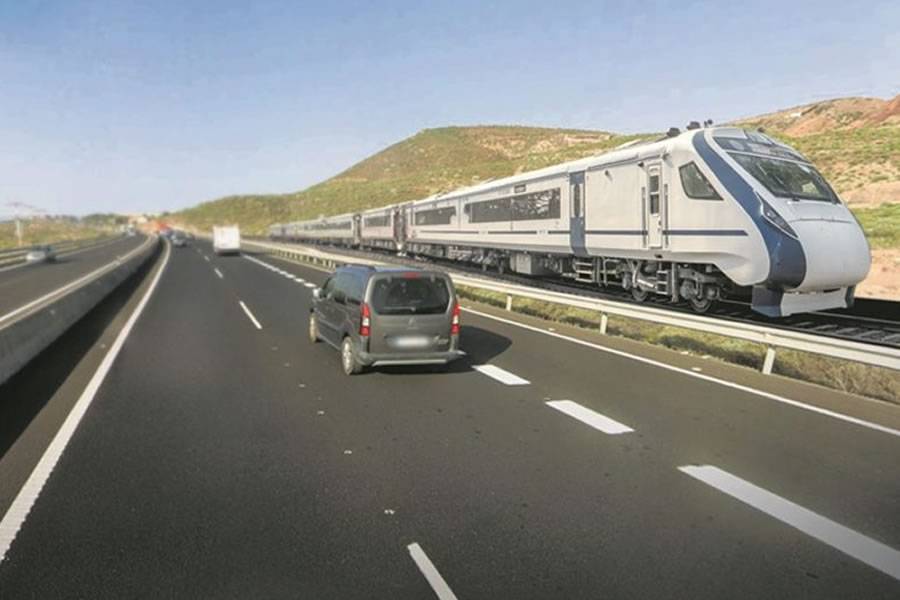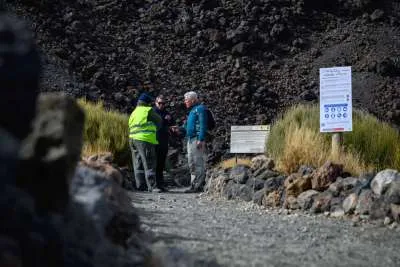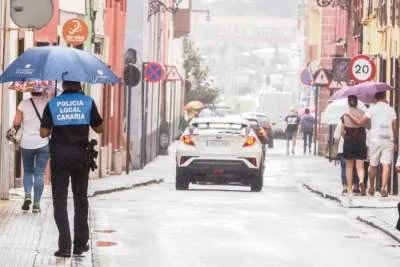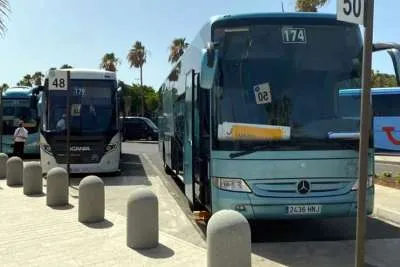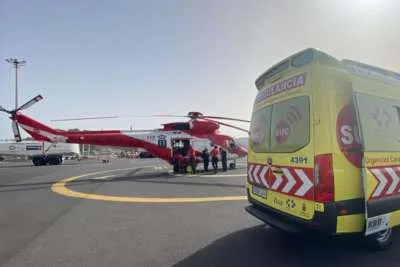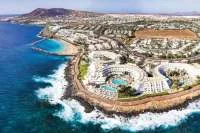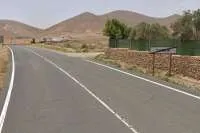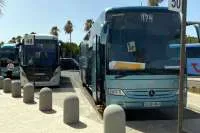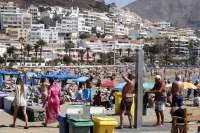Tenerife Cabildo initiates plan for trains in the south at a cost of 800 million euros
- 08-03-2024
- Tenerife
- Canarian Weekly
- Photo Credit: DA
The President of the Tenerife Cabildo, Rosa Dávila, announced yesterday (Thursday) that the governing council in Tenerife envisions the initiation of the project for a train in the south of the island from San Isidro to Adeje at a cost of around 800 million euros.
Accompanied by the Councillor for Territorial Planning, José Miguel Ruano, Dávila emphasised that the development of railways on the island is an "unrelinquishable objective."
She agreed that the technical projects need updating after four years of government inaction during the pandemic, explaining that the environmental impact assessment has expired. Additionally, modifications to the “Insular Plan for the Ordering of Tenerife” (PIOT) are required, and these tasks will take at least a year, adding that, if the project secures the necessary funding and receives technical and legal approval, the construction is estimated to take about four years.
Dávila praised the "absolute support" of the Ministry of Transport for Tenerife and Gran Canaria's proposals, and their commitment to create a working group to analyse the feasibility of trains to combat traffic problems on the two islands.
She said that she doesn’t anticipate difficulties in securing the necessary funding, as the four billion euros required for the projects in the two islands is not a huge sum for the national rail network.
Dávila also highlighted that the project aligns with the EU's decarbonisation goals, for which there are ample funds available, in addition to contributions from the central and regional governments and the Cabildo through Metrotenerife.
The San Isidro-Adeje stretch of railway has been chosen due to its half-million daily movements (93% carried out by residents) and its proximity to industrial areas, the airport, ports, hospitals, and major employment centres. Dávila noted that this stretch of track would be the second-highest in passenger intensity per kilometre in Spain, only surpassed by the Madrid suburban train.
She also pointed out that the train is economically and environmentally "profitable" and provides a "solution" to the island's mobility issues, and expressed regret that there had been no contact between the Ministry and the Cabildo over the last four years.
Experts Dismiss Trains as a Solution for Tenerife
During the previous administration (led by the PSOE), the Tenerife Cabildo commissioned a Sustainable Mobility Insular Plan (PIMSIT), which included an evaluation of 17 alternatives for transport infrastructure in the coming decades.
This study concluded that the most suitable option for the island prioritises the implementation of three Bus-VAO lanes, park-and-ride facilities, and tram extensions. However, the current Cabildo, led by CC and PP, ignores the conclusions of this study.
The most favoured alternative in the PIMSIT involves optimising and executing road projects, such as:
· The ring road around the island (the Erjos tunnel is under construction).
· Taking the TF-1 motorway underground in Adeje.
· A link project between Las Chafiras and Oroteanda (under construction).
· The TF-5 variant in La Laguna.
· A western bypass around the Metropolitan Area.
· Three Bus-VAO lanes, two from Santa Cruz to Los Realejos and Güímar, respectively, and one from San Isidro to Los Cristianos.
· Two tram network expansions on lines 1 and 2.
· Park-and-ride facilities on TF-1, TF-5, and outside insular corridors.
These alternatives would cost an estimated 1.5 billion euros, considerably less than the 2.2 to 2.5 billion euros for the cost of the train. The plan would increase the average speed of private vehicles by 2.55 kilometres per hour, provide 75.9% of the population with public transport within 300 metres, with a frequency of every 30 minutes, and would also have minimal impact on protected natural areas and exclude Cultural Interest Assets.
The PIMSIT authors considered the southbound train from Santa Cruz to Adeje a "low-priority" and recommended its consideration only after implementing all planned road projects, especially those involving significant Bus-VAO lanes on the TF-1 and TF-5 motorways. The northbound train project remains postponed, and alternatives like trams are under consideration.


